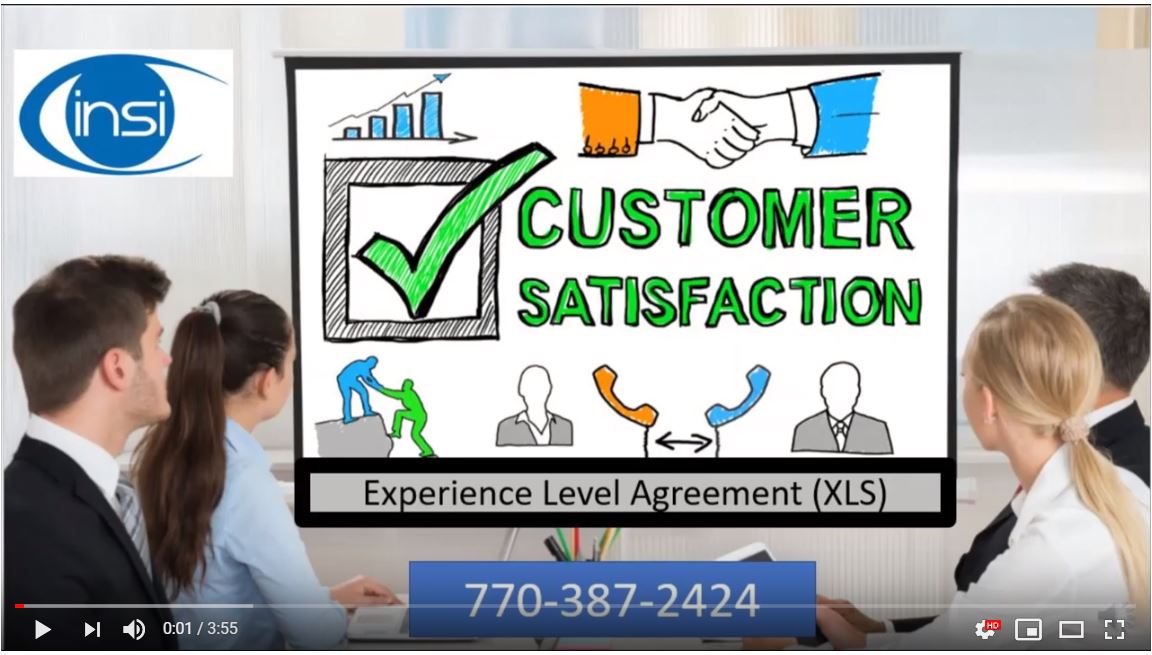Experience Level Agreement
An Experience Level Agreement (XLA) is the new buzzword flooding the IT support industry over the last few years. XLA is quickly becoming the most important measurement in customer satisfaction. This coupled with Service Level Agreements (SLA) makes for an ideal arrangement with Managed Service Providers.
Not Fully Indicative of Client Satisfaction
Service Level Agreements and KPI’s are not fully indicative of client satisfaction. We all hear the adage, “What gets measured gets managed,” and from the beginning mature IT organizations have used Key Performance Indicators (KPI) as the primary measuring stick for customer satisfaction in their SLAs. The thought process behind this is that efficiency guarantees client satisfaction. It is something tangible that they can control. Yet, there is a flaw in this theory. In the background, warning signs exist of client and employee resentment. Also, there can be bad customer reviews.
Key Performance Indicators as the Only Measuring Stick for Performance
Using KPI’s as the only measuring stick for SLA’s and client satisfaction can be deceiving. As an example, billable time is a great indicator of productivity, but it also incentivizes the engineer to either lie on their timeslips or kickback once they have reached their goals. Neither of which is best for the client. This is compounded when bonuses are tied to that metric.
Yet, the biggest problem with SLA’s is that the wording has become so ambiguous. An SLA holds the Managed Service Provider (MSP) to minimum standards. If SLA’s were met, there is no need for improvement, even if the client was unhappy. This was great for the provider who wanted to hold the client to the contract, but not for the unhappy client. Therefore, metrics give an indication of client satisfaction, but it does not tell the whole story. You need an Experience Level Agreement based on positive customer feedback attached.
Why Experience Level Agreements are the New Target
Experience Level Agreements (XLS) places customer experience above all else – including technical data. This is a new concept for most engineers. Traditionally, engineers place most of their faith in numbers. For them, client experience may seem intangible. Client experience is obtainable by collecting feedback and comparing it with hard data. This data is used to drive continuous improvement and boost client satisfaction.
Experienced Level Agreements can be accomplished by measuring the end-user satisfaction before each ticket is closed and overall client ratings. In addition, every XLA contains a closed-loop feedback cycle to address client complaints.
INSI Put’s Client Satisfaction First
INSI focuses on creating positive experience levels. Our CSM’s get to know their client’s company, employees, and IT needs very well. They are committed to the security and reliability of the client’s network and make recommendations with that in mind.
Contact INSI
To find out more about INSI’s Experience Level agreements, call 770-387-2424 to speak to one of our seasoned sales consultants. You will be glad you did.

